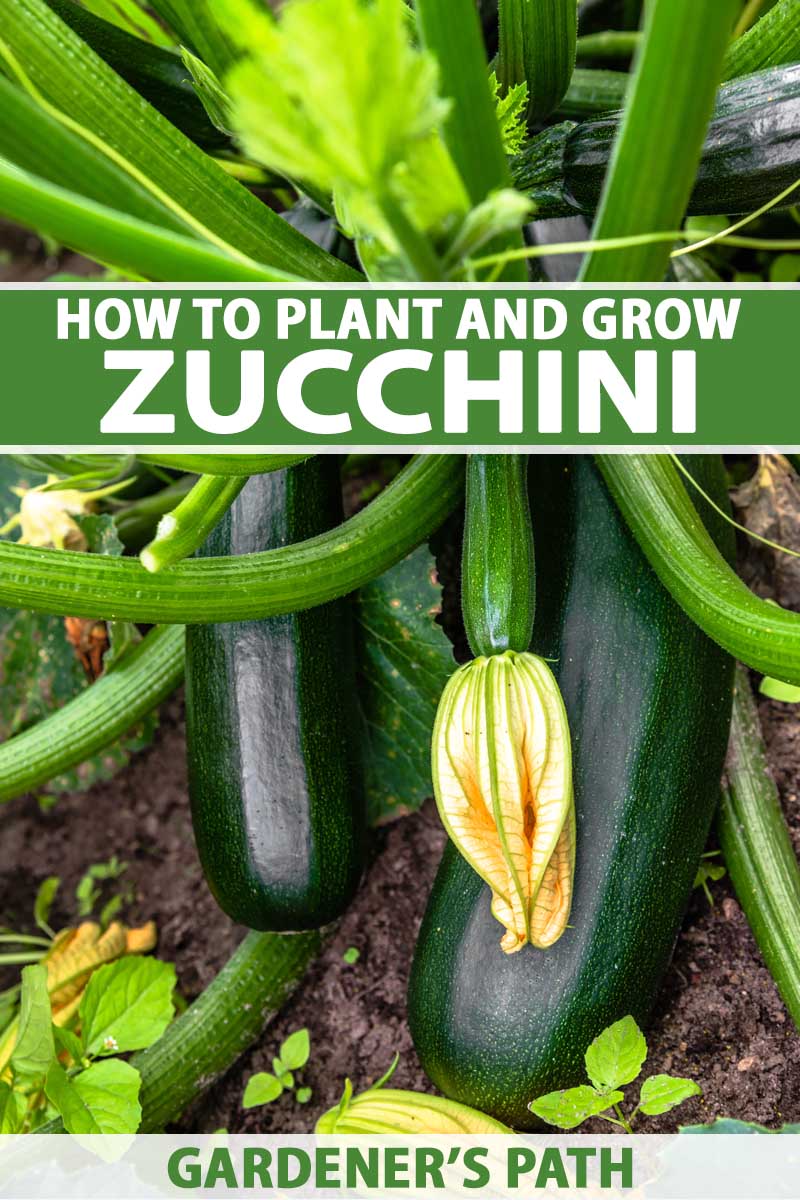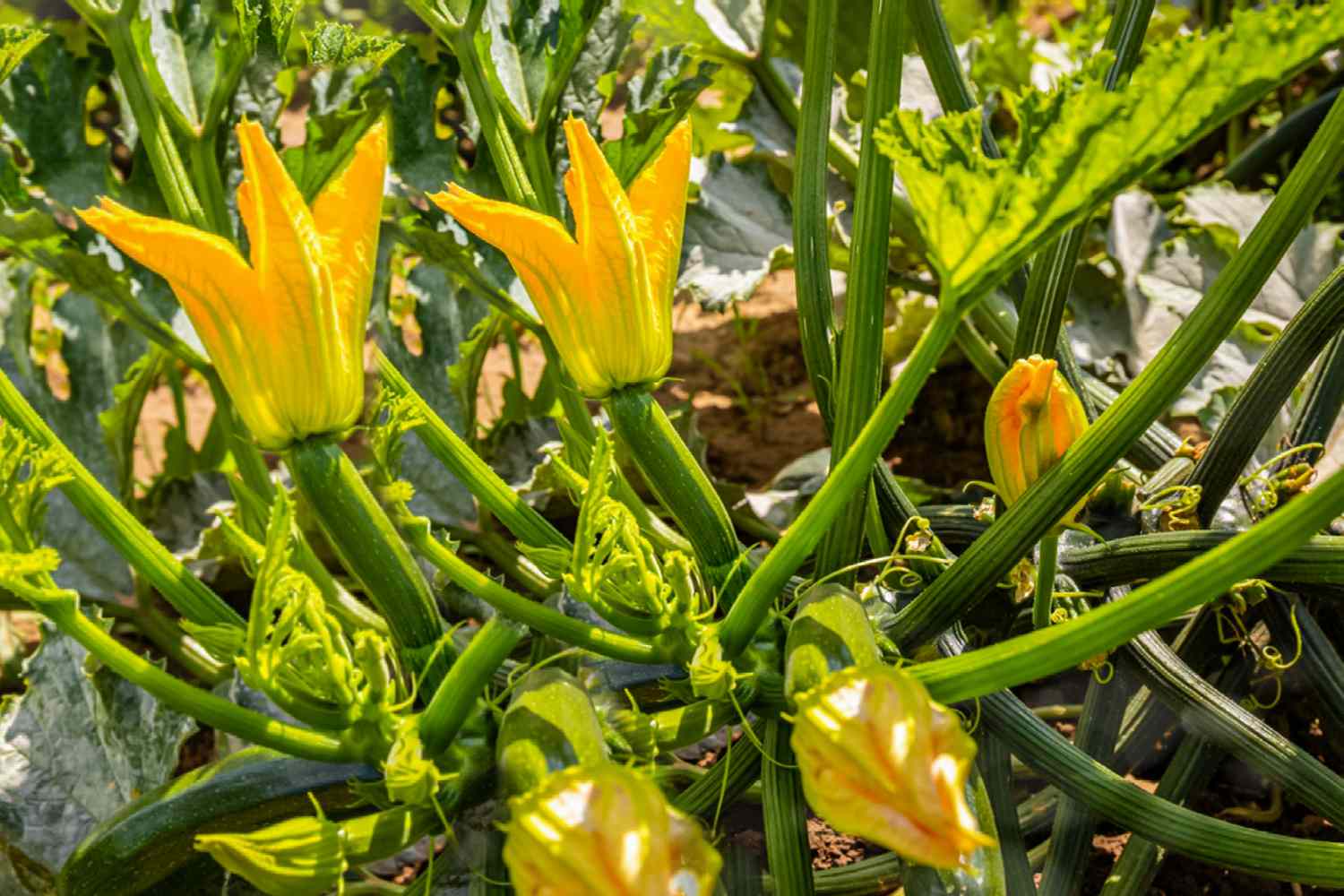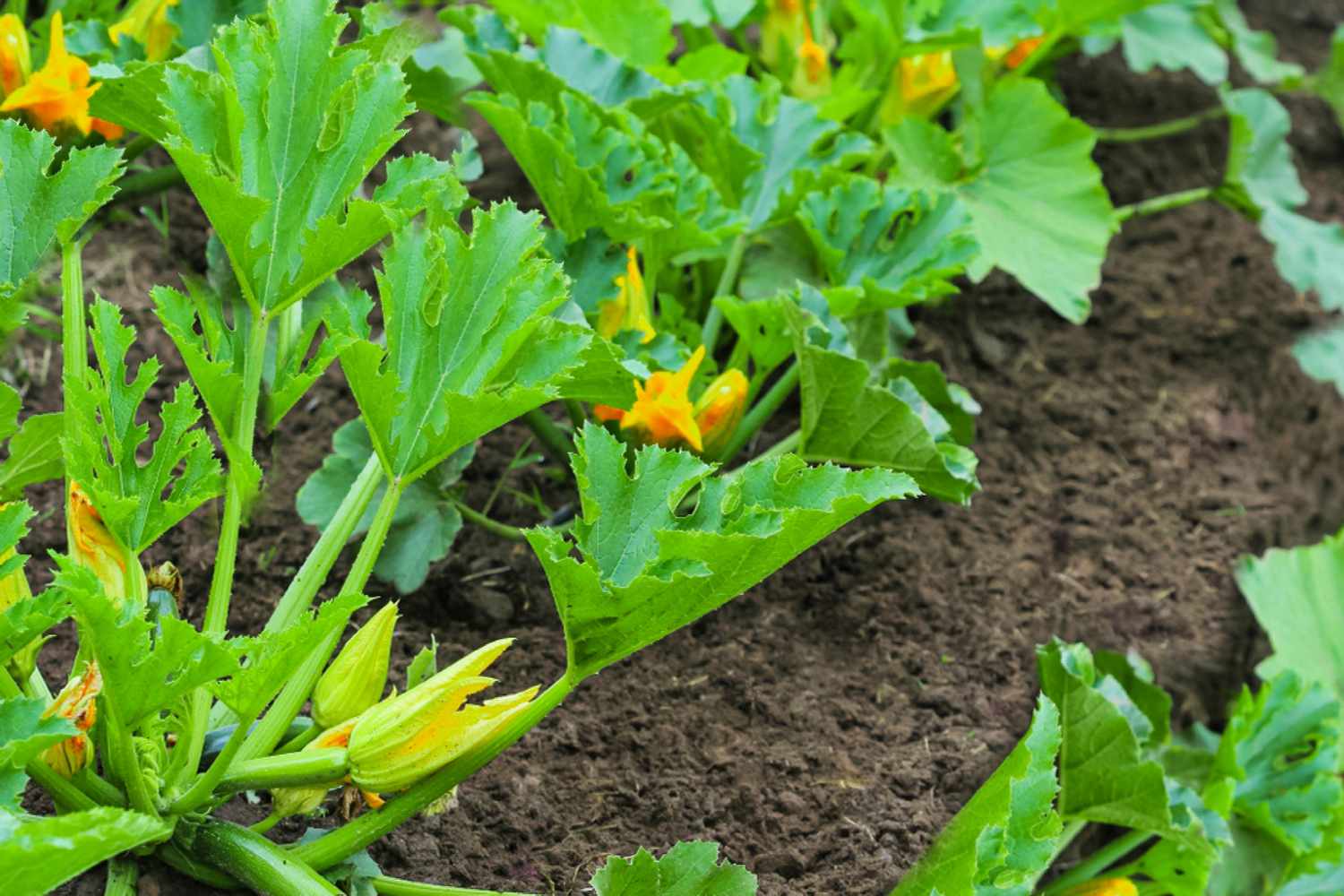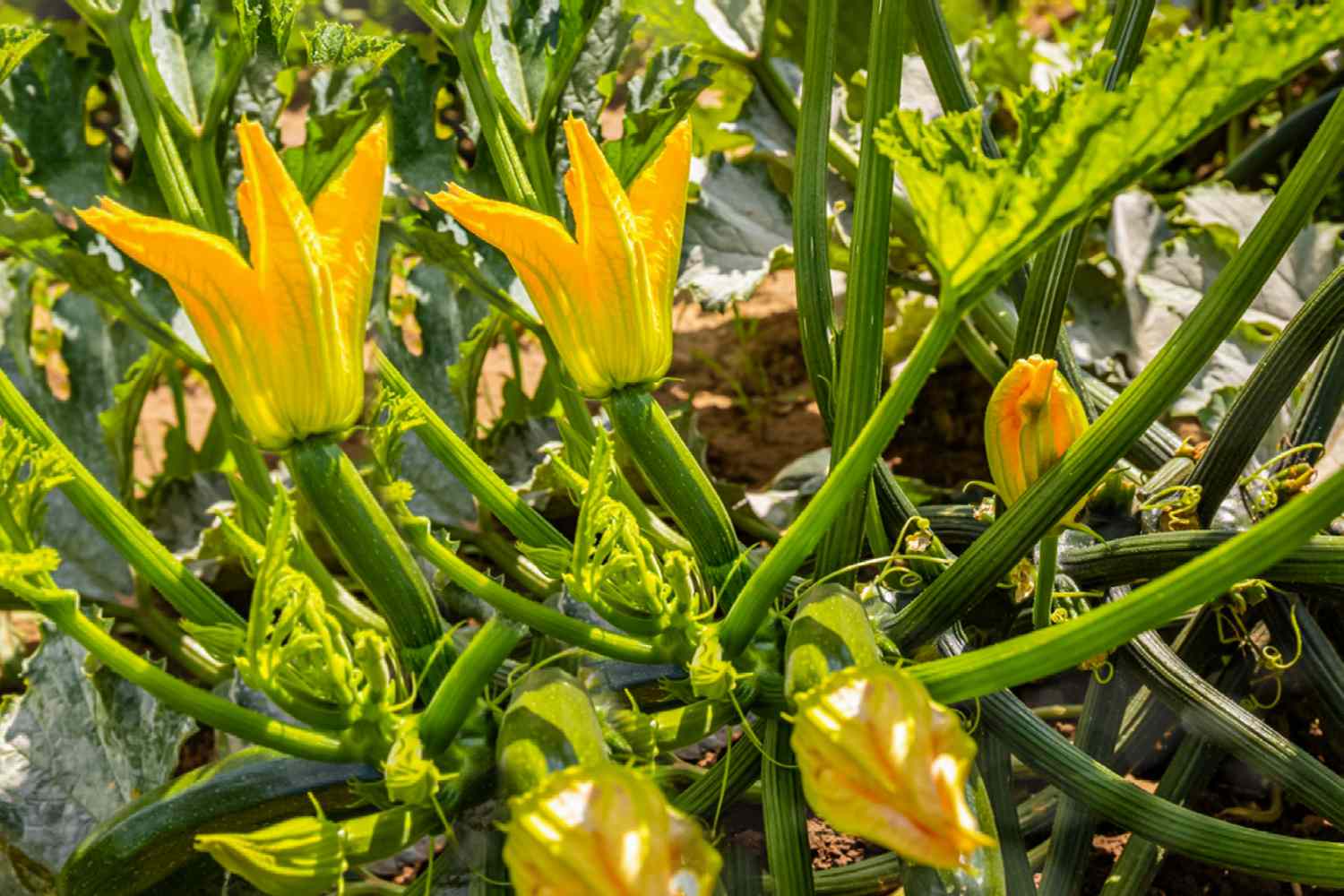Zucchini, a versatile and widely loved summer squash, thrives when planted at the perfect time. But when exactly is the best time to plant zucchini? This article will guide you through the optimal planting season for this delicious vegetable, ensuring that your garden yields a bountiful harvest of vibrant green zucchinis. Explore the factors that influence the planting time, from the region you live in to the temperature requirements of these sun-loving plants. By the end, you’ll be equipped with the knowledge to successfully grow zucchini and enjoy its abundant goodness all season long. So let’s dive in and discover the ideal timing for planting zucchini!

Choosing the Right Time
Understanding Seasonality
When it comes to planting zucchini, timing is everything. Understanding the seasonality of zucchini is crucial for a successful harvest. Zucchini is typically planted during the spring and summer months when temperatures are consistently warm. This warm weather promotes optimal growth and development, ensuring a bountiful harvest.
Considering Frost
One important factor to consider when choosing the right time to plant zucchini is the risk of frost. Zucchini is a warm-season vegetable and is highly sensitive to frost. Frost can damage or even kill young zucchini plants, so it’s important to wait until all danger of frost has passed before planting your zucchini outdoors.
Temperature Requirements
In addition to avoiding frost, it’s important to consider the temperature requirements for zucchini. Zucchini generally requires a minimum soil temperature of around 60°F (15.5°C) for successful germination and growth. Planting zucchini when the soil has reached this minimum temperature ensures that the seeds will sprout and thrive. Therefore, it is recommended to plant zucchini when the average soil temperature consistently reaches or exceeds this threshold.
Planting Zucchini Outdoors
Preparing the Soil
Before planting your zucchini outdoors, it’s important to prepare the soil properly. Start by clearing the area of any weeds or vegetation. Zucchini thrives in well-draining soil, so it’s ideal to incorporate organic matter such as compost or well-rotted manure to improve the soil’s fertility and drainage. Additionally, it’s recommended to perform a soil pH test and adjust it to a slightly acidic to neutral range (around 6.0 to 7.0) for optimal zucchini growth.
Direct Sowing or Transplants
There are two primary methods for planting zucchini outdoors: direct sowing and using transplants. Direct sowing involves planting zucchini seeds directly into the prepared soil, while using transplants involves starting zucchini seeds indoors and then transplanting the seedlings outdoors once they have reached a certain size.
Spacing and Depth
When planting zucchini seeds directly into the soil, it’s important to sow them at a depth of around 1 inch (2.5 cm). Space the seeds about 3-4 feet (0.9 -1.2 meters) apart to allow the zucchini plants enough room to grow and spread. If using transplants, make sure to space them accordingly, giving each plant enough room to flourish and avoiding overcrowding.

Starting Zucchini Indoors
Benefits of Starting Indoors
Starting zucchini seeds indoors offers several benefits. It allows you to get a head start on the growing season, especially in regions with shorter growing seasons. By starting your zucchini seeds indoors, you can extend the growing period and significantly increase your chances of a successful harvest. Additionally, starting zucchini seeds indoors helps ensure a higher germination rate and promotes early growth, giving the seedlings a stronger start once they are transplanted outdoors.
Timing for Indoor Seed Starting
For best results, start zucchini seeds indoors about 4-6 weeks before the last expected frost date in your area. This will give the seeds enough time to germinate and grow into healthy seedlings that are ready for transplanting when the weather permits. By timing the indoor seed starting process correctly, you can ensure that your zucchini plants are well-established and ready to thrive once they are planted outdoors.
Steps for Indoor Sowing
To start zucchini seeds indoors, begin by filling seed trays or small pots with a high-quality seed starting mix. Moisten the soil evenly before sowing the seeds. Place one or two zucchini seeds about 1 inch (2.5 cm) deep in each container and cover them with a thin layer of soil. Keep the seeds consistently moist, but not soaked, and place them in a warm area with plenty of sunlight. Once the seedlings have developed a few true leaves, they can be transplanted outdoors, following the spacing guidelines mentioned earlier.
Optimal Growing Conditions
Sunlight Requirements
Zucchini is a sun-loving vegetable and requires at least 6-8 hours of direct sunlight per day for optimal growth. Make sure to choose a planting location that receives ample sunlight throughout the day. Placing your zucchini plants in a spot that maximizes exposure to sunlight will result in healthier, more productive plants and a higher yield.
Soil and pH
Zucchini thrives in well-draining soil with a pH level between 6.0 and 7.0. It’s important to ensure that the soil is loose, fertile, and rich in organic matter. Incorporating compost or well-rotted manure into the soil before planting can help improve its structure and provide essential nutrients for the zucchini plants. Regular soil testing can help you monitor and adjust the pH levels as needed to create an optimal growing environment.
Watering Needs
Proper watering is essential for the healthy growth and development of zucchini plants. Zucchini requires regular watering, especially during dry periods. It’s important to keep the soil consistently moist but not waterlogged, as excessive moisture can lead to fungal diseases and root rot. When watering, aim to moisten the soil to a depth of around 6 inches (15 cm). Mulching around the zucchini plants can help retain moisture in the soil and reduce water loss through evaporation.

Companion Planting
Advantages of Companion Planting
Companion planting involves growing different plants together that mutually benefit each other. Companion planting with zucchini offers numerous advantages, including improved pest control, enhanced pollination, and efficient use of garden space. By strategically planting compatible companion plants alongside your zucchini, you can create a well-rounded and harmonious garden ecosystem.
Suitable Companions for Zucchini
Zucchini has several suitable companion plants that can enhance its growth and deter common pests. Some compatible plants for zucchini include radishes, beans, peas, corn, marigolds, and nasturtiums. Radishes, for example, act as natural repellents for pests like cucumber beetles, while beans and peas help fix nitrogen in the soil, providing essential nutrients for zucchini. Marigolds and nasturtiums, with their strong scents, can deter various pests that can plague zucchini plants.
Avoiding Incompatible Plants
While companion planting can offer many benefits, it’s essential to avoid certain plants that are incompatible with zucchini. Avoid planting zucchini near potatoes, as they are susceptible to similar pests and diseases, which can quickly spread between the two crops. Zucchini should also be kept separate from other members of the Cucurbitaceae family, such as cucumbers and melons, to minimize the risk of cross-pollination and the spread of diseases that can affect these plants.
Crop Rotation
Importance of Crop Rotation
Crop rotation is a fundamental practice in maintaining the health and productivity of your garden. By rotating your crops, you can break pest and disease cycles, improve soil fertility, and prevent the buildup of soil-borne pathogens. Implementing a crop rotation plan for your zucchini plants can help ensure their long-term success and reduce the risk of yield loss.
Preferred Rotation Crops
When planning your crop rotation, it’s important to select appropriate rotation crops that complement zucchini’s growth requirements. Ideal rotation crops for zucchini include members of the brassica family (such as cabbage or broccoli), leafy greens (like lettuce or spinach), or legumes (such as peas or beans). These crops offer complementary nutrient needs and help disrupt pest cycles, minimizing the risk of diseases and pests that specifically target zucchini.
Zucchini Rotation Guidelines
To effectively rotate your zucchini crops, it’s recommended to wait at least two years before growing zucchini in the same area again. This allows for a sufficient break in the cycle of potential zucchini pests and diseases. By adhering to proper crop rotation guidelines, you can create a healthier garden environment, promote soil fertility, and maintain the long-term productivity of your zucchini plants.

Maintenance and Care
Weeding and Mulching
Regular weeding is important to prevent competition for nutrients and resources, ensuring your zucchini plants can grow unhindered. Remove any weeds that may appear around your zucchini plants, being careful not to disturb the plant’s shallow root system. Mulching around the base of your zucchini plants can also help suppress weed growth and maintain soil moisture. Organic mulches, such as straw or wood chips, are excellent choices for zucchini as they also contribute to soil fertility as they break down.
Watering and Fertilization
Proper watering and fertilization are crucial for the health and productivity of your zucchini plants. As mentioned earlier, regular watering is necessary to keep the soil consistently moist but not waterlogged. Avoid overwatering, as it can lead to root rot and other diseases. Additionally, regular fertilization with a balanced organic fertilizer can provide the necessary nutrients for robust growth. Follow package instructions for the proper application rate and frequency. It’s important to note that overfertilization can lead to excessive foliage growth at the expense of fruit production.
Pest and Disease Prevention
To ensure healthy zucchini plants, it’s important to stay vigilant and monitor for pests and diseases. Common pests that can affect zucchini plants include aphids, squash bugs, and cucumber beetles. Regularly inspect your plants for signs of damage, such as chewed leaves or wilting. Early detection can prevent pest populations from flourishing and causing significant damage. Additionally, practicing good garden hygiene, such as removing and destroying any diseased plant material, can help prevent the spread of diseases and maintain plant health.
Harvesting and Storing Zucchini
Recognizing Maturity
Knowing when to harvest your zucchini is crucial for optimal flavor and texture. Zucchini is typically ready for harvest when the fruits reach a length of 6-8 inches (15-20 cm) and have a bright color. The skin should be firm, and the fruits should still be tender. Avoid harvesting zucchinis that have become oversized or overly mature, as they can be tough and less flavorful.
Picking Zucchini
When harvesting zucchini, it’s best to use a sharp knife or pair of garden shears to cut the stems cleanly. Be careful not to damage neighboring fruits or the main plant. Harvest zucchinis regularly to encourage continuous fruit production and to minimize the risk of overripe fruits. Leaving overripe zucchinis on the plant can redirect the plant’s energy towards seed production and reduce the overall yield.
Proper Storage Techniques
To maintain the freshness and quality of harvested zucchini, it’s important to store them correctly. Zucchini can be stored in the refrigerator in a perforated plastic bag or wrapped in a damp cloth for up to one week. It’s best to consume zucchinis as soon as possible after harvest for the freshest taste and texture. If you have an excess of zucchinis, consider preserving them by freezing or using them in various recipes to enjoy their delicious flavor throughout the year.

Extended Harvest
Succession Planting
To extend your zucchini harvest and enjoy a continuous supply of fresh zucchinis, consider practicing succession planting. Succession planting involves staggering your zucchini plantings at regular intervals. By sowing new seeds or transplanting seedlings every few weeks, you can ensure a continuous harvest throughout the growing season. This method helps avoid a surplus of zucchinis at once and allows you to enjoy a steady supply of this versatile vegetable.
Harvesting Techniques
When practicing succession planting, it’s important to keep track of the planting dates and monitor the growth of the zucchini plants. As soon as the zucchinis are mature and ready for harvest, promptly pick them to encourage new fruit production from younger plants. By following a systematic approach to harvesting, you can maximize your yield and enjoy a prolonged zucchini harvest.
Preventing Early Maturity
To prevent zucchini plants from maturing too quickly and potentially ending the harvest prematurely, it’s essential to provide consistent moisture and regular fertilization. Zucchini plants that experience water stress or nutrient deficiencies are more likely to produce smaller fruits and exhibit early maturity. By providing optimal growing conditions and proper maintenance, you can encourage healthy plant growth and prolong the harvest period.
Conclusion
Choosing the right time to plant zucchini, whether outdoors or indoors, is crucial for a successful and bountiful harvest. By understanding the seasonality, considering frost risks, and meeting temperature requirements, you can ensure that your zucchini plants have the ideal conditions to thrive. Proper care, such as preparing the soil, companion planting, and practicing crop rotation, will contribute to healthy plant growth and minimize the risk of pests and diseases. Harvesting zucchini at the right maturity and implementing techniques like succession planting will allow you to enjoy a delicious and abundant harvest throughout the growing season. With the knowledge and guidelines provided in this article, you are well-equipped to embark on a successful zucchini gardening journey. Happy planting!



